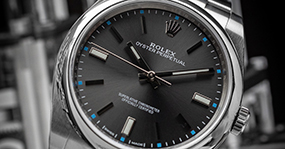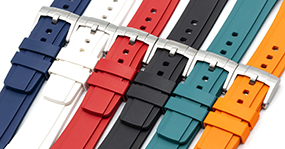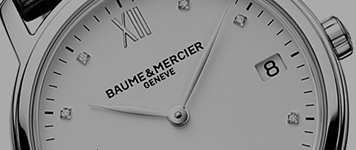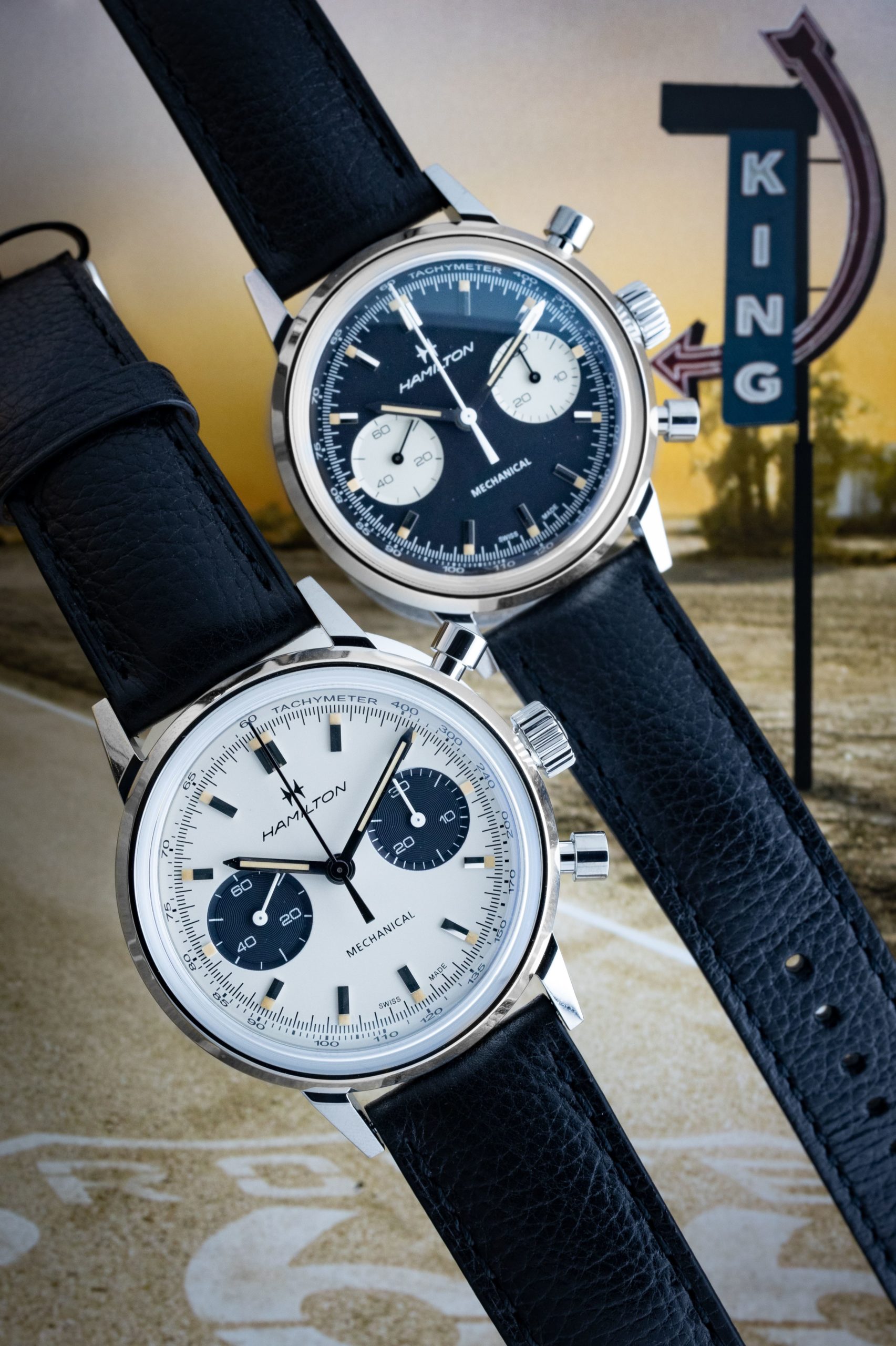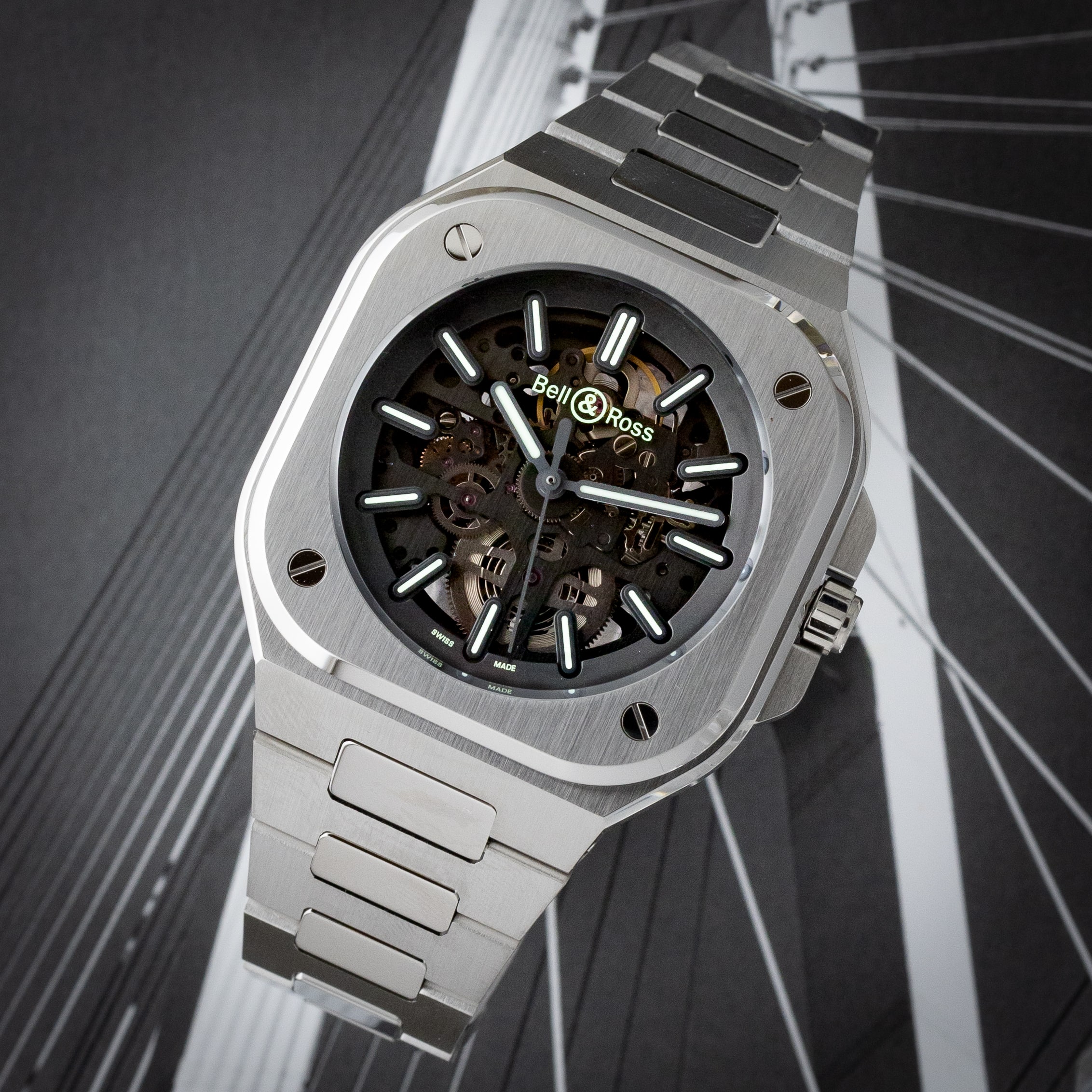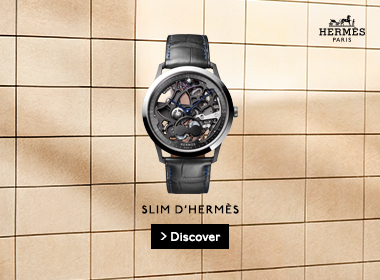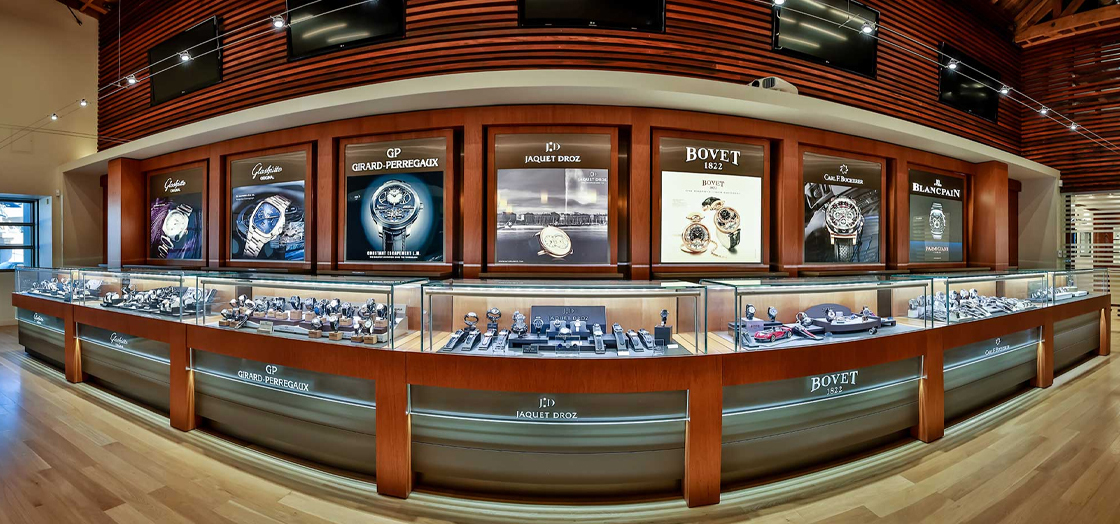
What Makes a Watch Tick? Understanding Movements
What is a watch movement?
In the simplest terms, a watch’s movement is what makes it “go.” Often referred to as the “heart” or the “engine” of a timepiece, movements can be mechanical, automatic or quartz. Read on to learn a bit more about each type and determine which is right for you.
Mechanical watch movements
The mechanical movement dates back to the 16th century and still powers many luxury watches today. It is often preferred by collectors due to its high level of craftsmanship.
Mechanical movements utilize springs and gears to move the hands of the watch. They turn the crown that winds the mainspring, producing kinetic energy to power the timepiece. Then, the gear train transmits that energy to the escapement, which, in turn, distributes the energy in metered units. After that, the dial train transfers these energy units to move the watch’s hands.
A mechanical watch must be wound daily because the kinetic energy stored in the mainspring will eventually dissipate.
Automatic watch movements
In the early 20th century, watchmakers developed timepieces that didn’t require daily winding, often referred to as “self-winding.”
Automatic watches have the same components as mechanical watches except for the rotor that powers the movement. Instead of manually turning the crown, the wearer’s wrist movement turns the rotor, which then winds the mainspring.
The automatic movement is perfect for those who do not want to wind their watches every day. Keep in mind, however, that automatic watches that are left unworn for many days might require some manual winding before they are worn again.
Quartz watch movements
Quartz technology was developed in the late 1970s. Unlike mechanical and automatic watches, quartz watches are battery-powered and use a low frequency, minuscule piece of quartz crystal (silicon dioxide) and an integrated circuit.
The battery transfers electricity to the quartz crystal through the electronic circuit, which causes the crystal to vibrate with a precise frequency of 32,768 times per second. This sends electrical pulses to the stepping motor, which then accurately moves the watch’s hands.
Quartz watches are the most accurate on the market today and 97% of the world’s watches utilize this technology.
Which watch movement is right for you?
When selecting your next luxury watch, the type of movement you choose will be determined by your unique situation and needs. What’s your budget? Will you wear the watch daily or save it for special occasions? Do you value craftsmanship or ease of use? A trusted watch retailer can walk you through all of the options and help you find your perfect match!
Looking to add a high-end watch to your collection? We’re an authorized dealer for over 50 brands and have a large and ever-changing pre-owned inventory. Stop in and see us today!



